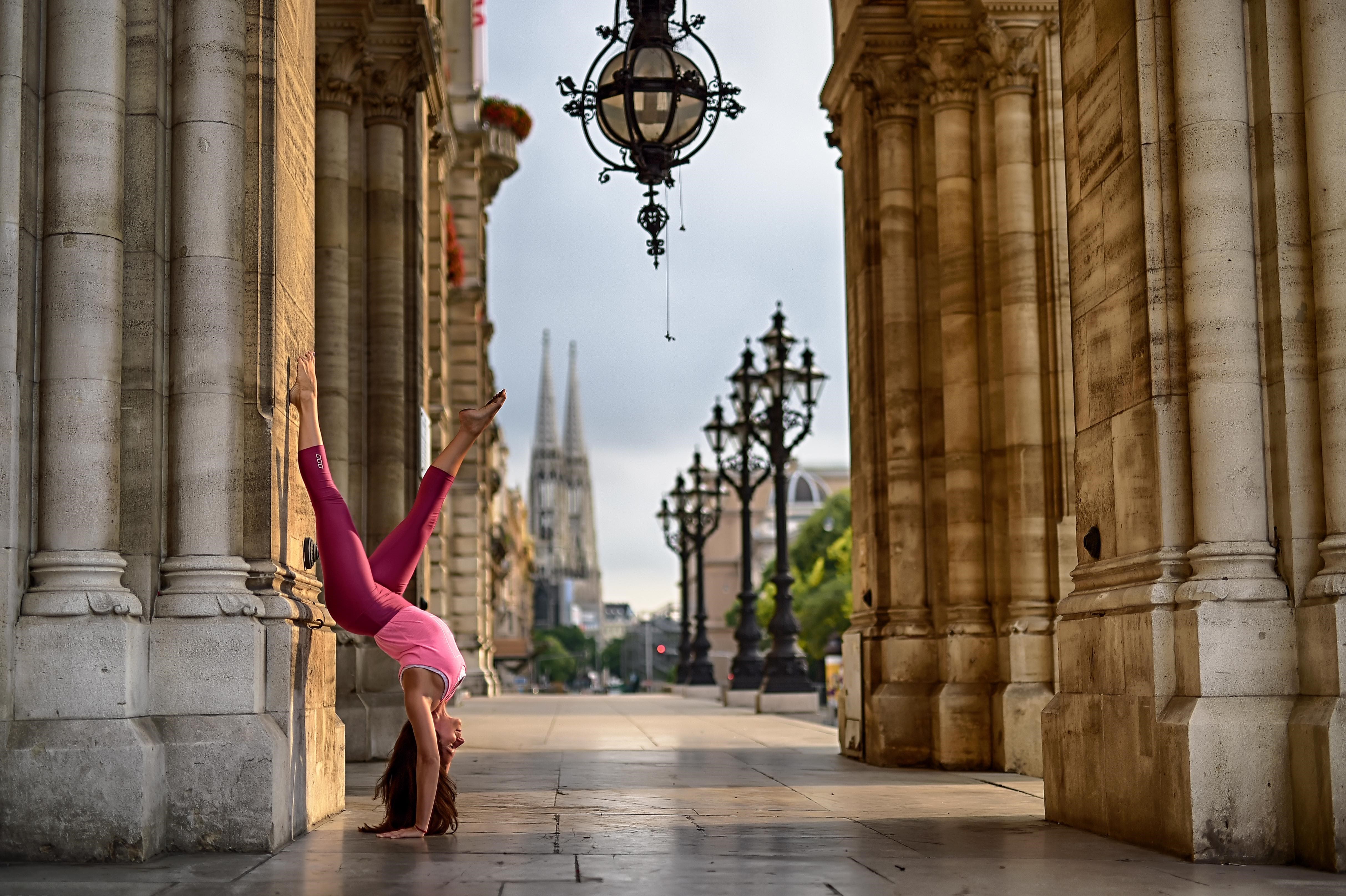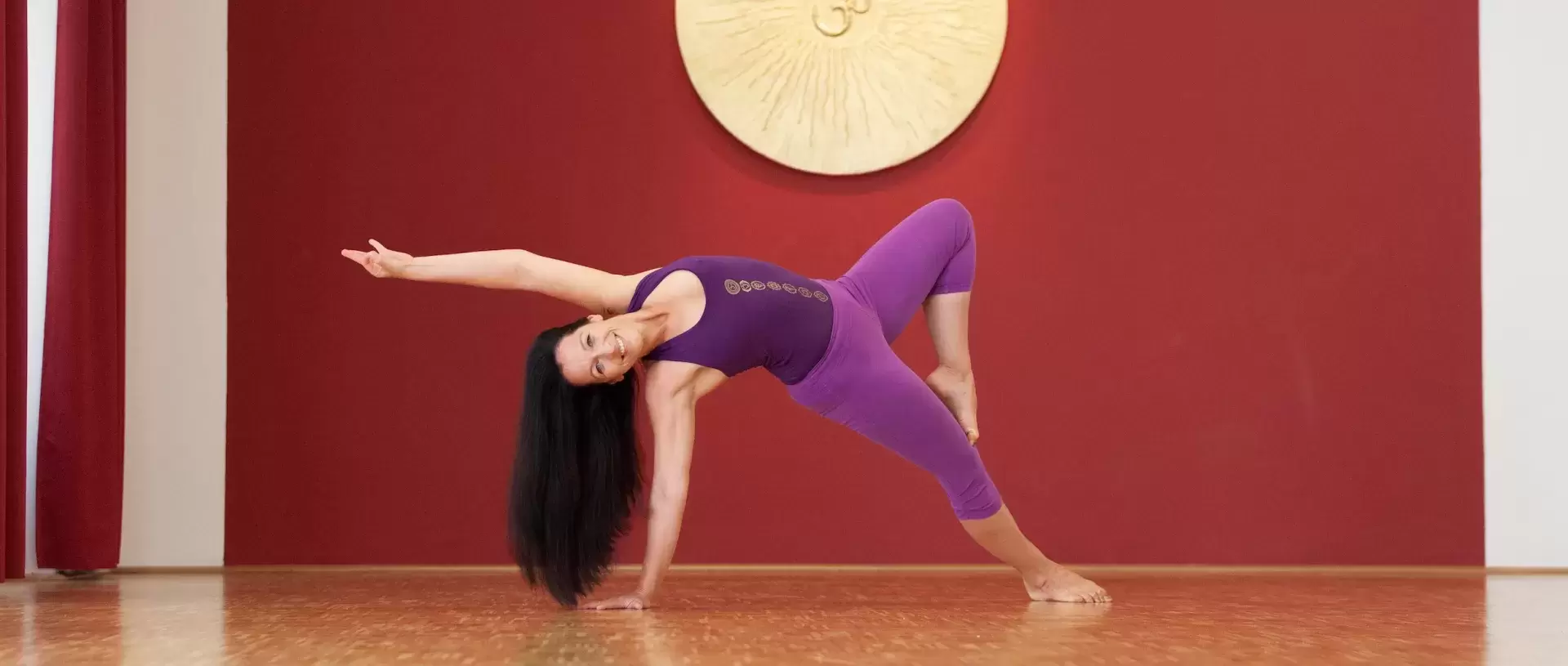As someone who practices Yoga, why did you choose to become a Rolfer®?
Back problems led me to yoga, knee pain to Rolfing. The mobility of my spine was severely limited and my doctor recommended starting yoga. I did this and quickly noticed that my mobility and flexibility improved significantly. I had a badly swollen knee from running, especially after competitions, and could not walk without pain. I went from one doctor to another and even had knee surgery, but nothing was really successful until I met a Rolfer in 2005. He told me what Rolfing is and I made an appointment with him. The treatment was successful, the knee pain was gone and I wanted to know how it worked. So, I did my Rolfing-training in Munich and it was then that I noticed that the yoga style I was practicing at the time did not pay attention to a lot of what I learned in Rolfing. Alignment instructions were poor, if any. In 2009 I found my current style of Yoga in San Francisco, which for me is Rolfing in Yoga. Lots of alignment instructions - which often overlap with our Rolfing Movement™ instructions. I then did my yoga training in this yoga style and now lead Yoga Teacher Trainings, in which I also let Rolfing play a part. Especially, when it comes to good Alignment.
What are the benefits that Rolfing can bring to someone practicing Yoga?
When it comes to yoga, there are huge differences between the various styles of yoga. So, this is based on the style of yoga I practice, Anusara® Yoga:
We experience strength and flexibility through yoga. However, if fasciae sticks together and muscles are severely shortened due to many years of unfavourable movements or non-movement, then we need support. Ideally from a Rolfer who understands how movement works. As Rolfers, we are trained for that. We see the whole body and not just the aching knee - as it was in my case. This holistic view does help to look for other areas in the body, which can be the trigger/the source of the pain. We are not focused on one part of the body only - we see the whole mind-body-system.
So, if I see that a yoga participant cannot stretch his/her arm or cannot even lift it up, then I have the opportunity to check with Rolfing why this restriction is there and we can work together to improve the range of motion for that person. Yoga then helps to maintain this rage of movement. Of course, this does not only apply to the arm-shoulder girdle, but also to numerous challenges in the hips, legs and of course in the back. For me, Rolfing and yoga are a wonderful combination and both are a huge support for a life with more freedom of movement, strength and flexibility, and a healthy and balanced inner and outer alignment.
Author: Certified Rolfer®, Dr. Eva Ananya Pöschl-Walter - Austria
Photo Credit: Cover image: Nicolas Ipiña, Below: @yongsubi
Learn more about Rolfing.
Find a Rolfer near you.
Train to become a Certified Rolfer®.








